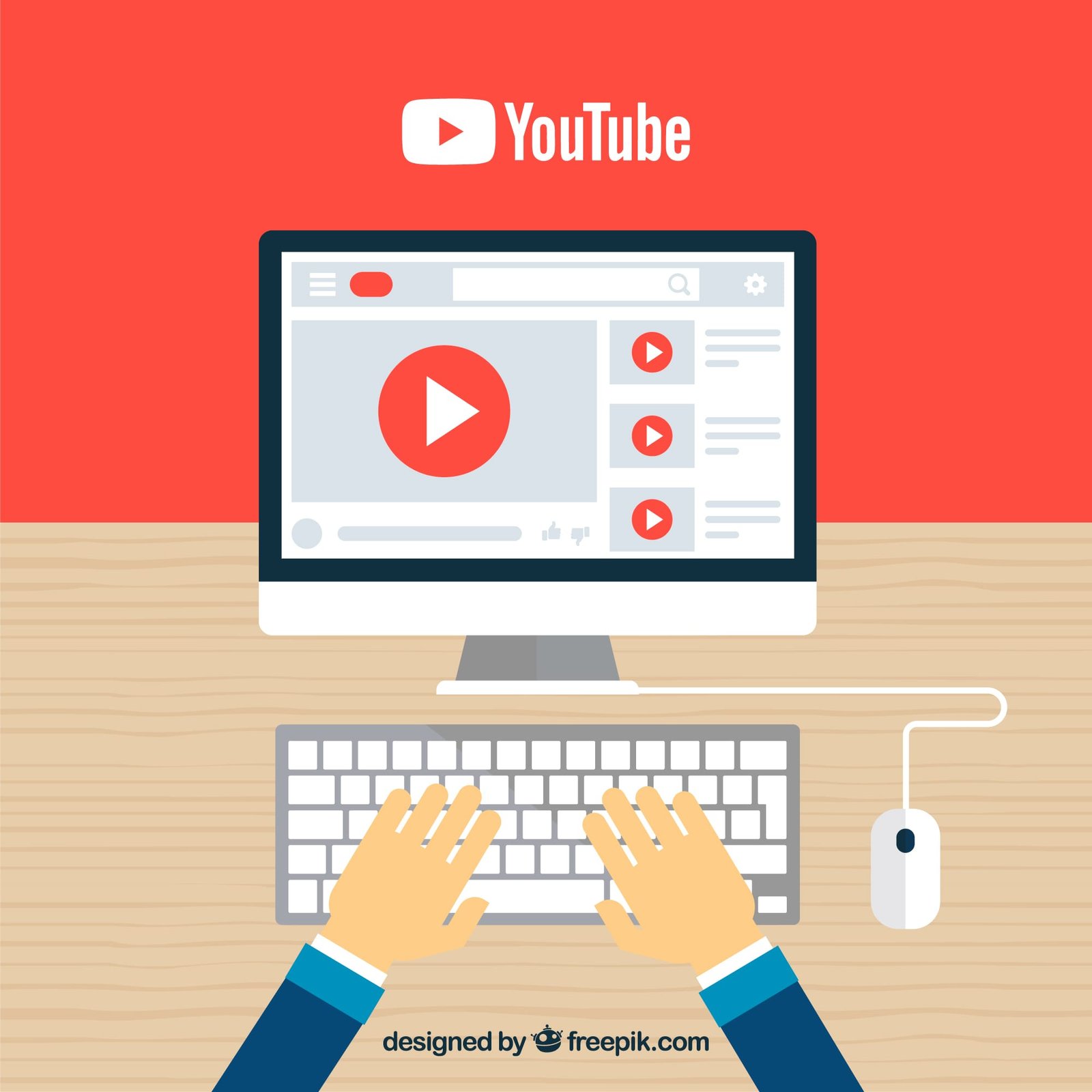Introduction
In today’s digital landscape, having a website is just the first step to building an online presence. But how do you ensure people find your website? The answer lies in Search Engine Optimization (SEO). SEO is the process of optimizing your website to improve its visibility on search engines like Google, Bing, and Yahoo. The better your site ranks, the more organic traffic you can attract.
If you’re a beginner, this guide will provide a clear understanding of SEO, why it matters, and how you can start optimizing your website today.
What Is SEO?
SEO stands for Search Engine Optimization. It is a set of practices aimed at increasing the quantity and quality of traffic to your website through organic search engine results. Unlike paid advertising, SEO focuses on gaining free, unpaid traffic by improving your site’s relevance and authority.
Why Is SEO Important?
- Increases Website Traffic – Higher rankings mean more visitors.
- Builds Credibility & Trust – Users trust search engines; ranking higher improves your credibility.
- Better User Experience – Good SEO practices improve website usability.
- Cost-Effective Marketing Strategy – Organic traffic is free compared to paid ads.
- Boosts Conversion Rates – Optimized sites lead to higher sales and engagement.
How Search Engines Work
Search engines use crawlers (bots) to scan and index websites. They analyze web pages based on various ranking factors and display the most relevant results for a user’s query.
The Three Main Components of Search Engines:
- Crawling – Search engines discover new and updated web pages by following links.
- Indexing – The information from crawled pages is stored in a database.
- Ranking – Algorithms determine which pages appear first in search results based on relevance and authority.
Key Elements of SEO
SEO consists of multiple elements that help search engines understand and rank your content effectively. These include:
1. On-Page SEO
On-page SEO refers to optimization techniques applied directly on your website.
- Keyword Research – Find relevant keywords that users search for.
- Title Tags & Meta Descriptions – Add compelling titles and descriptions for search engine visibility.
- Headings (H1, H2, H3) – Proper use of headings improves readability.
- Content Optimization – High-quality, original content improves rankings.
- URL Structure – Short, keyword-rich URLs perform better.
- Internal Linking – Helps distribute page authority and improve navigation.
- Image Optimization – Use descriptive alt text and compressed images for faster loading.
2. Off-Page SEO
Off-page SEO focuses on activities outside your website to boost credibility.
- Backlinks – High-quality links from authoritative sites improve rankings.
- Social Signals – Engagement on social media indirectly influences SEO.
- Guest Blogging – Writing content for other websites builds authority and backlinks.
- Brand Mentions – When your brand is mentioned online, it enhances credibility.
3. Technical SEO
Technical SEO improves the backend of your site for better search engine crawling and indexing.
- Website Speed – Faster sites rank higher.
- Mobile-Friendliness – Google prioritizes mobile-friendly websites.
- Secure Website (HTTPS) – Secure sites build trust and rank better.
- Structured Data (Schema Markup) – Helps search engines understand content better.
- XML Sitemap – A roadmap for search engines to navigate your site.
- Canonical Tags – Prevent duplicate content issues.
How to Learn SEO as a Beginner
Learning SEO can seem overwhelming, but breaking it down into manageable steps makes it easier. Here’s how you can start:
1. Understand SEO Basics
Begin by learning the fundamentals of how search engines work, what SEO is, and why it matters.
2. Master Keyword Research
Use tools like:
- Google Keyword Planner
- Ubersuggest
- Ahrefs
- SEMrush
Find keywords that have high search volume but low competition.
3. Create High-Quality Content
Content is king in SEO. Follow these tips:
- Write for humans first, search engines second.
- Use relevant keywords naturally.
- Provide in-depth and valuable information.
4. Optimize On-Page Elements
- Include target keywords in your title, headings, and throughout your content.
- Optimize images with alt text.
- Ensure fast page load speed.
5. Build High-Quality Backlinks
Getting other websites to link to yours boosts your site’s authority. Here’s how:
- Guest blogging
- Outreach to relevant sites
- Creating shareable content
6. Focus on Technical SEO
Ensure that your site is fast, secure, and mobile-friendly. Use tools like:
- Google PageSpeed Insights
- Google Search Console
- Screaming Frog SEO Spider
7. Stay Updated With SEO Trends
SEO is constantly evolving. Follow SEO blogs and communities like:
- Google Search Central Blog
- Moz Blog
- Neil Patel
- Ahrefs Blog
Common SEO Mistakes to Avoid
Many beginners make these SEO mistakes:
- Ignoring Keyword Research – Using irrelevant or overly competitive keywords.
- Keyword Stuffing – Overloading content with keywords leads to penalties.
- Neglecting Mobile Optimization – Google prioritizes mobile-friendly sites.
- Not Optimizing Images – Large images slow down your site.
- Ignoring Internal Linking – Linking to relevant content improves user experience.
- Skipping Meta Descriptions – Well-crafted meta descriptions improve click-through rates.
- Buying Backlinks – Spammy backlinks can lead to penalties.
Conclusion
SEO is essential for improving your website’s visibility and driving organic traffic. By understanding the basics, implementing best practices, and staying updated with industry trends, you can enhance your site’s performance in search results.
Remember, SEO is a long-term strategy that requires patience and consistent effort. Start with the fundamentals, test different techniques, and track your progress using analytics tools like Google Search Console and Google Analytics.
By following this guide, you’ll be well on your way to mastering SEO and growing your online presence. Happy optimizing!










